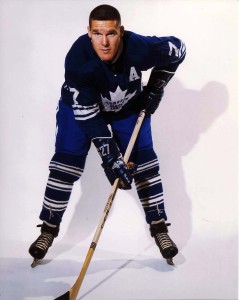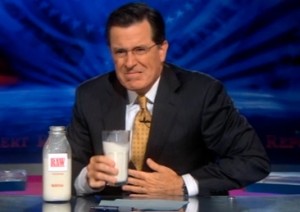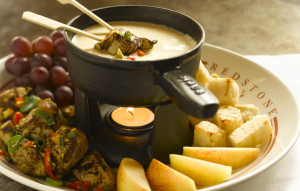Oh, Bundaberg, we’ve been there and like your rum, but really, 35 residents and 27 staff at an aged care sickened by norovirus?
 “The staff did a great job in containing the outbreak,” service manager Hazel Lindholm said.
“The staff did a great job in containing the outbreak,” service manager Hazel Lindholm said.
“It could have been a lot worse.”
The service deployed “bacteria bombs” in its fight against the dangerous virus that swept the facility – a new best-practice infection control solution used across Churches of Christ Care for the past 12 months.
Mr Mason said the bombs had received “exceptional results” for the health and wellbeing of clients in the past.
The bombs release a fog which permeates through all surfaces and furnishings in a room, including down drains and plugholes.
They attack dangerous pathogens including norovirus and H1N1 influenza, with no viruses remaining following a treatment.
“The bombs, which we use in conjunction with normal scrubbing of floors and surfaces as part of infection control procedures, offer cost and time benefits eliminating the need for staff to wash the curtains, bedding and clothing for each resident in each room, which is particularly time consuming and inefficient during an outbreak situation,” Mr Mason said.









